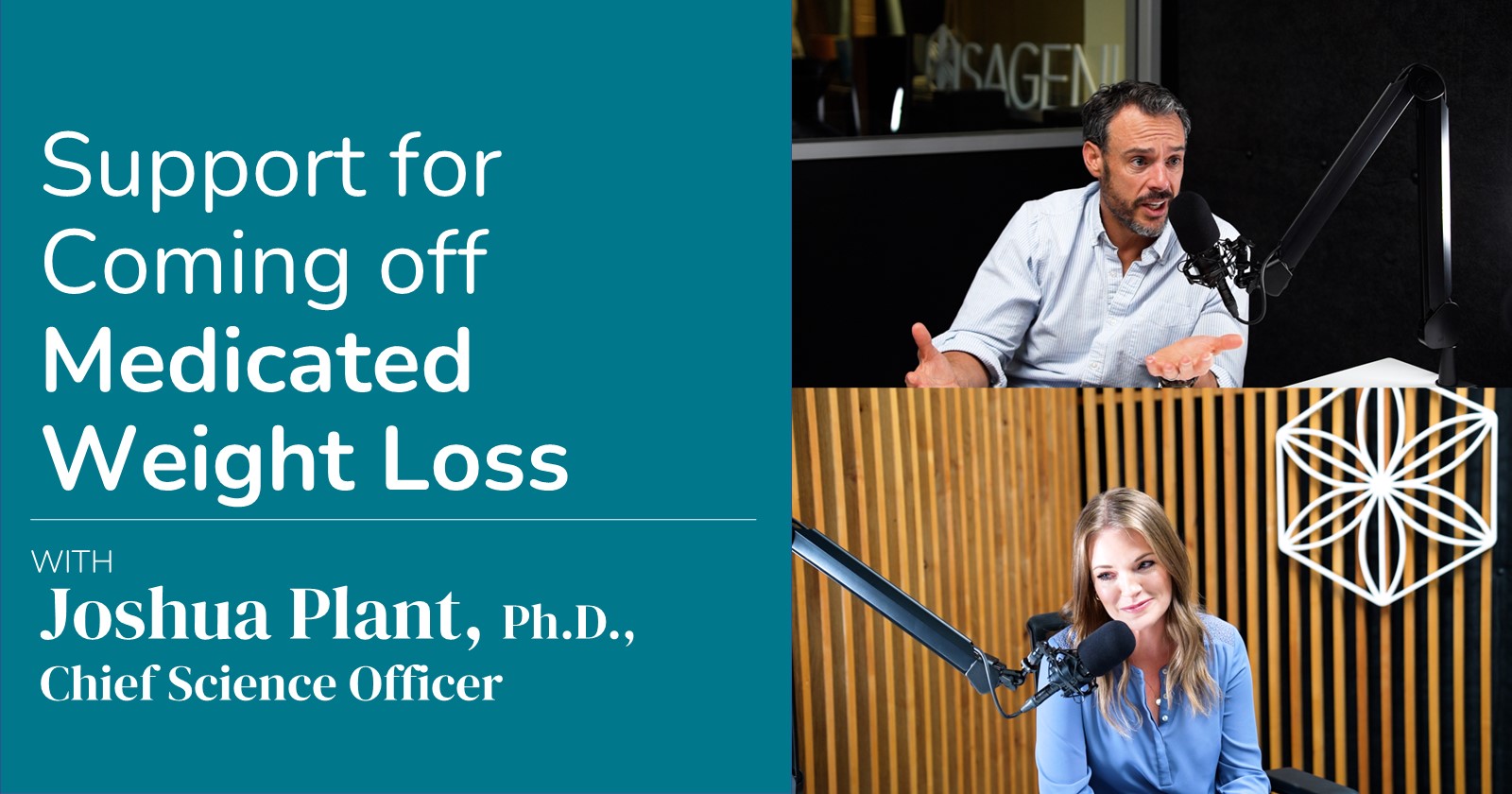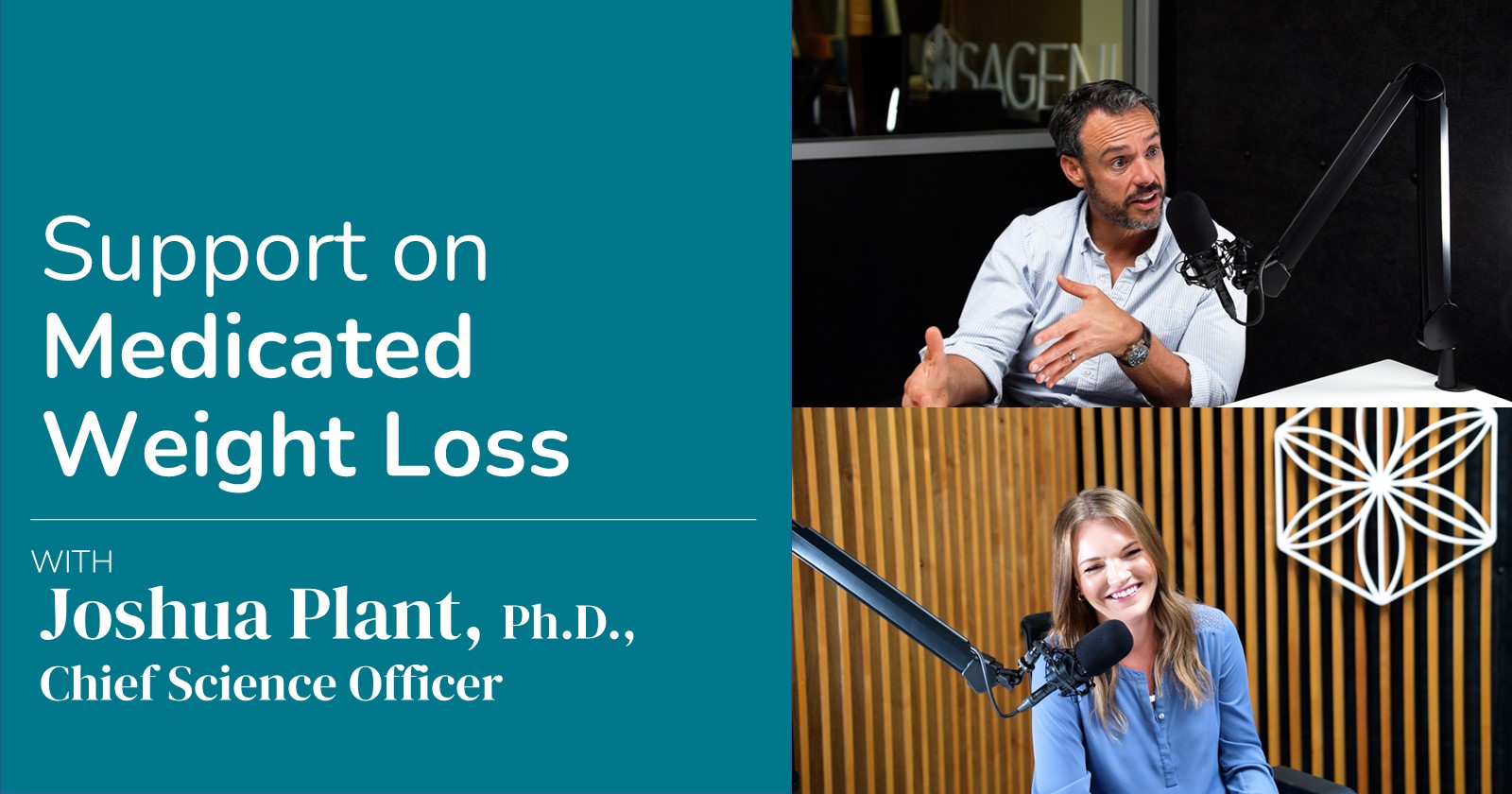Every time you step on the field, on the track, or in the gym, you’re at risk for injury. Injuries could mean time off from training, loss of progress, as well as the potential loss of hard-earned muscle. Luckily, scientific studies have found that some effective solutions do exist to protect against injuries and don’t interfere with the recovery process. That solution is something often overlooked… optimal nutrition (1).
Common knee injuries like ACL tears and breaks could mean complete immobilization of the joint for prolonged periods of time (2). This prevents any weight bearing or muscle contraction of the affected muscle groups resulting in disuse. A subsequent loss of muscle quickly leads to a decline in strength, metabolic rate, and insulin sensitivity, as well as potential increased body fat (3-5).
Imagine what can happen in a injury recovery period of 12 weeks or even a year. In fact, studies investigating leg and arm immobilization in healthy young subjects found that inactive muscle can decrease by approximately 0.5 percent per day (6). Numerous factors such as gender, training level, muscle group, and age can affect the rate of muscle loss (7), but over time this can add up. Even in those who are un-injured, 300 to 600 grams of muscle is breaking down and building back up on a daily basis, which theoretically results in an entire renewal of an individual’s muscle mass within a 3- to 4-month period (7). If buildup cannot keep up with breakdown, muscle will be lost, period.
As a result, athletes often over-supplement on questionable products they may not need or that may be detrimental. When injured, always consult your physician on the best treatment options including nutrition and nutritional support like supplements. Using everything under the sun is not the best approach. However, if an injury does occur, use these four nutritional strategies to limit muscle loss and prevent fat gain.
1. Adjust Your Energy Intake.
Athletes may assume since they are less active they should eat less to prevent fat gain. A lower energy intake may actually be counterproductive. For instance, if an athlete injures their leg and is relying on crutches, they can still go to the gym and do work with the upper body and even the other leg. In fact, it may be a good idea to work the other leg as there is evidence that a crossover effect can occur to the injured limb (1). If the training is still intense, then it’s best to not decrease energy intake. Another reason is the injury in itself actually increases metabolism. The recovery process costs energy, and so energy expenditure actually tends to go up immediately after the injury. Depending on the severity of the injury, basal metabolic rate can be increased by 50 percent when there is a bone break (1). Lastly, if the individual is on crutches, it actually takes two to three times more energy to get around than it does walking. So, again, it’s going to depend on the individual and how much he or she tries to get around. If you lower the energy intake too much, muscle protein synthesis will be decreased, and can lead to accelerated loss of muscle.
Kevin Tipton, a nutritional expert at the University of Stirling in the UK writes, “I would argue that you are probably better off having an energy intake that is a little bit too much and maybe gain a little fat than losing even more muscle because you are restricting energy intake too much. People need to be careful about restricting energy intake.”
2. Get Whey Protein Rich in Leucine
Tipton further recommends making sure to get the amino acid leucine. According to Tipton, “There is some evidence that additional leucine may support ‘anabolic resistance’ which occurs with immobilization of a limb. In other words, when an individual eats protein, the muscle does not respond to the protein as it would in a healthy limb. So, there is some evidence that leucine can actually help improve that or recover the feeding response” (1). Moreover, the proposed anti-muscle wasting properties of leucine also support the concept that leucine-enriched meals may benefit the injured athlete, particularly during the early stages of muscle disuse during which muscle protein breakdown rates are likely to be elevated (8). Incorporating leucine-rich whey found in IsaLean Shake and IsaPro is an easy and effective way to consume adequate amounts of leucine throughout the day.
3. Include Fish-Derived Omega-3 Essential Fatty Acids
Fish-derived omega-3 fatty acids go beyond just maintaining general health as they help modulate cellular signaling pathways regulating muscle protein synthesis (9). By increasing the fish-derived omega-3 fatty acid content in the diet, muscle protein synthesis increases in response to protein intake (1). Basically, these fats make the protein you’re consuming—either through diet or supplemental form—more effective. Eating more seafood that is rich in omega-3s and supplementing with IsaOmega Supreme on a daily basis ensures you’re getting a constant and pure omega-3 source to aid in recovery.
4. Consume Enough Protein At the Right Times
The timing and frequency of protein feeding throughout the day are also crucial to the injured athlete. Each meal generally results in muscle protein synthesis lasting for two to four hours (9). Taking the example of an 185-pound athlete, ideally 140 to 185 grams of protein should be consumed daily and if spread equally across four main meals would mean 35-45 grams of protein per meal. This would allow for maximal muscle protein synthesis for 6-12 hours of the day (10). This nutritional strategy is shown to result in better muscle protein synthesis rates compared with individuals who are fed the same amount, but with quantities unevenly spread across three meals (10).
Putting all the Pieces Together
Nutrition may not be able to prevent injuries. However, it can play a role in how fast an athlete recovers (1). Poor nutrition can lead to conditions that increase the risk of injury. Nutritional factors contributing to an increased risk of injury and a prolonged recovery include low energy intake, insufficient protein, dehydration, and inadequate vitamin and mineral intake (2) .
Ultimately, a balanced diet with sufficient energy, ample carbohydrate, protein, and vitamin and mineral intake is always best. A first-do-no-harm approach to other nutrients and supplements is probably the best recommendation (11). Careful consideration for negative repercussions of any supplement or nutrient should be made. A shotgun approach of just trying everything for which there is little evidence of safety could be a big mistake. Optimize nutrition to enhance recovery from injury with simple and effective methods.
References
- Tipton KD. Dietary strategies to attenuate muscle loss during recovery from injury. 2013.
- Grant JA. Updating Recommendations for Rehabilitation after ACL Reconstruction: a Review. Clinical Journal of Sport Medicine 2013;23:501-2.
- White MJ, Davies CTM, Brooksby P. The effects of short-term voluntary immobilization on the contractile properties of the human triceps surae. Experimental Physiology 1984;69:685-91.
- Haruna Y, Suzuki Y, Kawakubo K, Yanagibori R, Gunji A. Decremental reset in basal metabolism during 20-days bed rest. Acta physiologica scandinavica Supplementum 1993;616:43-9.
- Richter EA, Kiens B, Mizuno M, Strange S. Insulin action in human thighs after one-legged immobilization. Journal of Applied Physiology 1989;67:19-23.
- Phillips SM, Glover EI, Rennie MJ. Alterations of protein turnover underlying disuse atrophy in human skeletal muscle. Journal of Applied Physiology 2009;107:645-54.
- Wall BT, Morton JP, van Loon LJ. Strategies to maintain skeletal muscle mass in the injured athlete: Nutritional considerations and exercise mimetics. European journal of sport science 2014;1-10.
- Sreekumaran KS, Nair RGS, Welle ST. Leucine as a regulator of whole body and skeletal muscle protein metabolism in humans. 1992.
- Moore DR, Tang JE, Burd NA, Rerecich T, Tarnopolsky MA, Phillips SM. Differential stimulation of myofibrillar and sarcoplasmic protein synthesis with protein ingestion at rest and after resistance exercise. The Journal of physiology 2009;587:897-904.
- Mamerow MM, Mettler JA, English KL et al. Dietary protein distribution positively influences 24-h muscle protein synthesis in healthy adults. The Journal of nutrition 2014;144:876-80.
- Tipton KD. Nutrition for acute exercise-induced injuries. Annals of Nutrition and Metabolism 2011;57:43-53.





